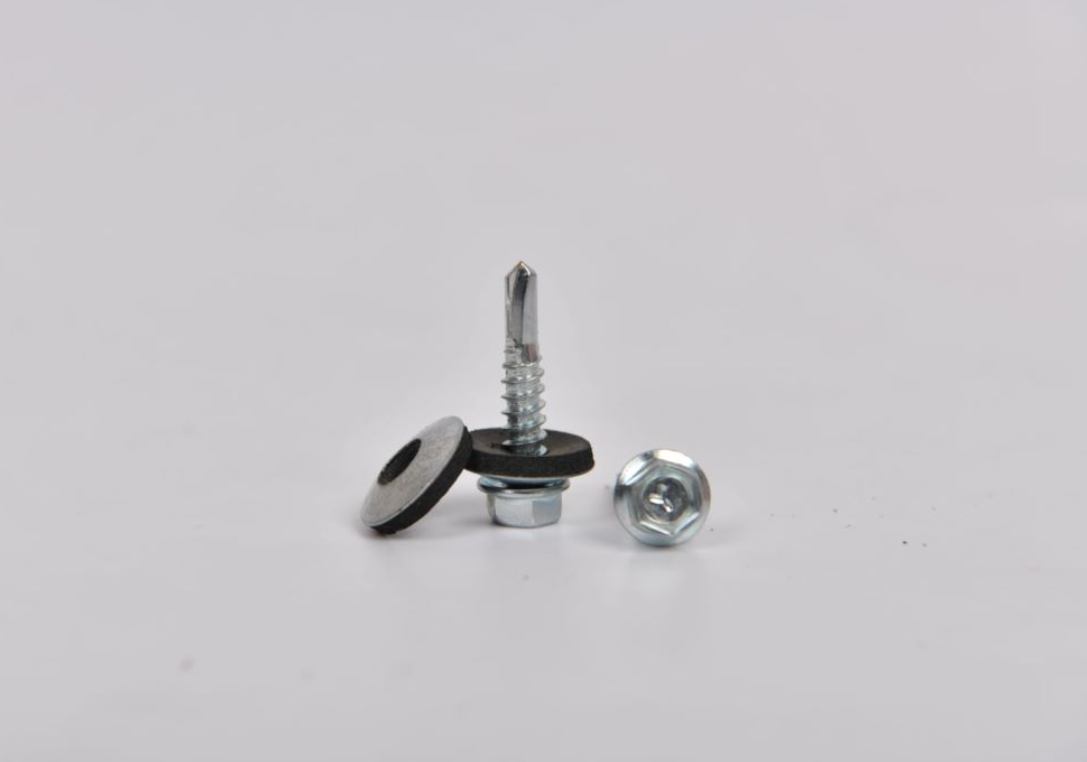Lock Washers and Flat Washers - Superior Quality Fasteners
When it comes to fastening components together, the choice between a lock washer and a flat washer can significantly impact the reliability and performance of mechanical assemblies. Understanding the functions and applications of these two types of washers is essential for engineers and DIY enthusiasts alike.
Lock washers are designed to prevent loosening of bolts, screws, and nuts due to vibrations or dynamic loads. They achieve this by adding friction between the fastener and the surface it secures. There are several types of lock washers, including split ring, tooth, and wave washers, each providing varying degrees of locking mechanisms. Split ring lock washers, for example, are made from a circular piece of metal that is split, allowing it to grip the fastener more tightly as pressure is applied. This feature makes them invaluable in automotive applications, machinery, and situations where movement is expected.
On the other hand, flat washers serve a different, yet equally important purpose. Their primary function is to distribute the load of a fastener over a larger surface area, which reduces the risk of damage to the materials being joined. Flat washers also help to prevent corrosion between dissimilar metals and can be used to create a smooth surface for bolting. They are commonly found in applications such as plumbing, furniture assembly, and electronics.
lock washer or flat washer first company

When deciding whether to use a lock washer or a flat washer, it’s crucial to consider the specific requirements of the application. In many cases, the optimal solution involves using both types of washers together. For instance, a flat washer can be placed beneath a lock washer to protect the surface and provide a larger bearing area, ensuring that the fastener remains secure without damaging the material.
Furthermore, the choice of material is equally vital. Lock washers are typically made from steel, stainless steel, or other alloys to provide strength and resistance to wear. Likewise, flat washers come in various materials, including rubber, plastic, and metals, depending on the environmental conditions and load requirements.
In conclusion, while lock washers and flat washers serve different purposes, both are critical in ensuring the integrity of mechanical assemblies. Choosing the correct type of washer — and understanding how they can work together — is vital for achieving safe and reliable connections in any project. By considering factors such as load distribution, vibration resistance, and material selection, individuals and companies can improve the longevity and effectiveness of their assemblies, creating a more durable final product.
-
Top Choices for Plasterboard FixingNewsDec.26,2024
-
The Versatility of Specialty WashersNewsDec.26,2024
-
Secure Your ProjectsNewsDec.26,2024
-
Essential Screws for Chipboard Flooring ProjectsNewsDec.26,2024
-
Choosing the Right Drywall ScrewsNewsDec.26,2024
-
Black Phosphate Screws for Superior PerformanceNewsDec.26,2024
-
The Versatile Choice of Nylon Flat Washers for Your NeedsNewsDec.18,2024










